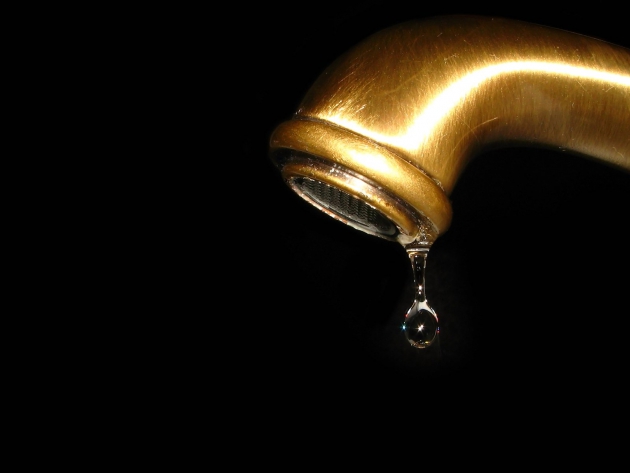With more than 30 years’ experience in the residential and commercial water treatment space, Mark Nelson is a Class 1 Drinking-Water Operator and a CBWA (Canadian Bottled Water Association) Certified Plant Operator. As founder and president of Nelson Water in Ottawa, Mark focuses on dealing with challenging water treatment system designs for problem water. He also heads the largest water bottling plant in the city of Ottawa with a delivery network throughout the Valley.
Iron is one of the most abundant resources in the world, making up approximately five percent of the planet’s crust. As rainwater filters through soil and underlying geological formations, it dissolves iron, allowing it to seep into the aquifers frequently used as a source of groundwater. While iron may be an essential mineral, it can be particularly troublesome in water supplies.
Iron in Water Supplies
Iron is often found in drinking water, but the concentration is rarely greater than 10 mg/l or 10 parts per million. That said, even small amounts of iron can impact the aesthetics of water, causing it to have a reddish brown color.
The iron found in water is usually in one of two forms. It can either be soluble ferrous iron or insoluble ferric iron. Ferrous iron is clear and colorless, as it completely dissolves in water. Meanwhile, ferric iron tends to appear in the form of sediment that does not dissolve in water. When iron is exposed to the air inside a pressure tank or natural atmosphere, the water turns to a cloudy, reddish color.
Is Iron a Health Concern?
Iron is considered to be an aesthetic or secondary water contaminant rather than being a hazard to health. Small quantities of iron are vital for health and wellbeing, as it is necessary for transporting oxygen in the bloodstream. Most tap water supplies provide a minimal amount of one’s dietary iron requirement, which does not pose a threat to one’s health.
Iron Contamination and Food Preparation
Drinking water with a high iron content typically has a metallic taste, which you may find disagreeable. This flavor can be particularly noticeable when you make beverages or prepare vegetables. When iron combines with beverages, it often produces a black, ink-like appearance along with a harsh flavor. Meanwhile, vegetables boiled with high-iron water often take on a dark color that is visually unappealing.
Iron Stains and Deposits
Another indication of iron contamination of water supplies is brownish red stains on bathroom or kitchen fixtures, tableware, and laundry. An iron concentration as low as 0.3 mg/l can create stains, which can be quite difficult to remove. Iron can also form deposits inside pipes that ultimately loosen and allow rusty colored water to flow from your faucets.
Moreover, iron can combine with certain types of bacteria to form a slimy biofilm. Bacteria that use iron to survive typically produce slime as a byproduct, which can clog plumbing fixtures and pipes while giving off an offensive smell.
Treatment Options For Iron in Water
As previously stated, iron is not considered a health risk. That said, a high iron concentration can be a major problem for your water supply. Thankfully, there are several water treatment options homeowners can pursue.
The type of treatment solution will depend on the form of iron in your water system, the total iron concentration, and your flow rate requirements. Other contaminants in your water supply can also impact your treatment solution. Iron may only be one aspect of the total solids in your water supply, and you may need to consider treatment for calcium, magnesium, and other minerals that are impacting your water quality. For the best results, you should consider contacting a certified water treatment professional.

